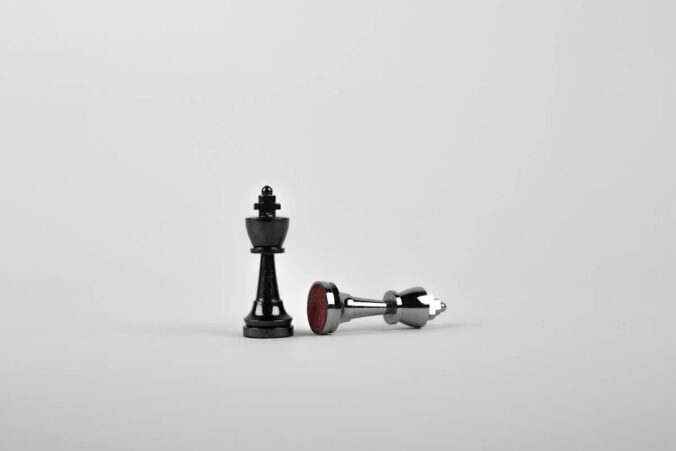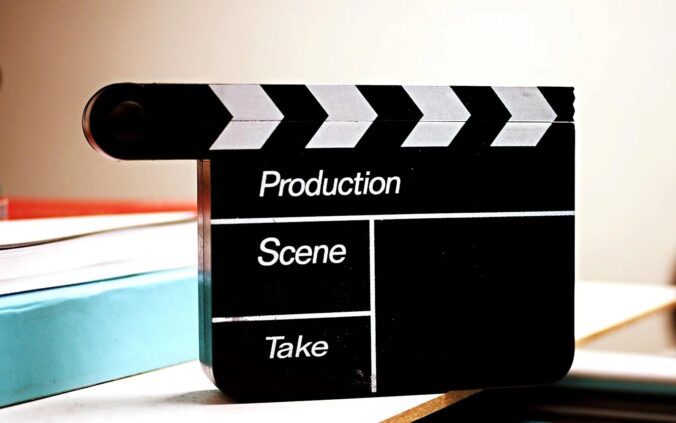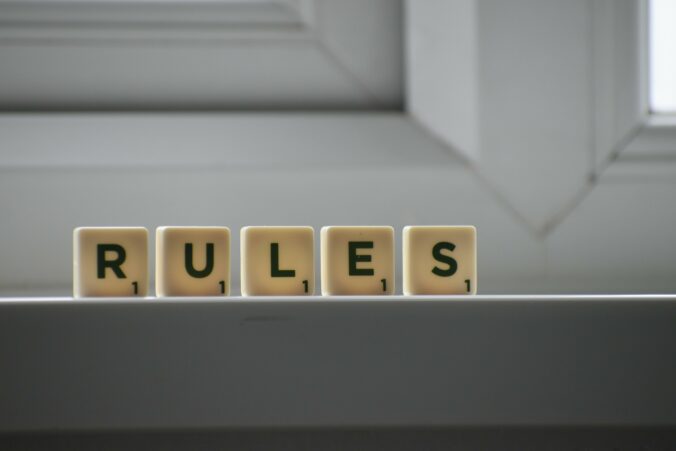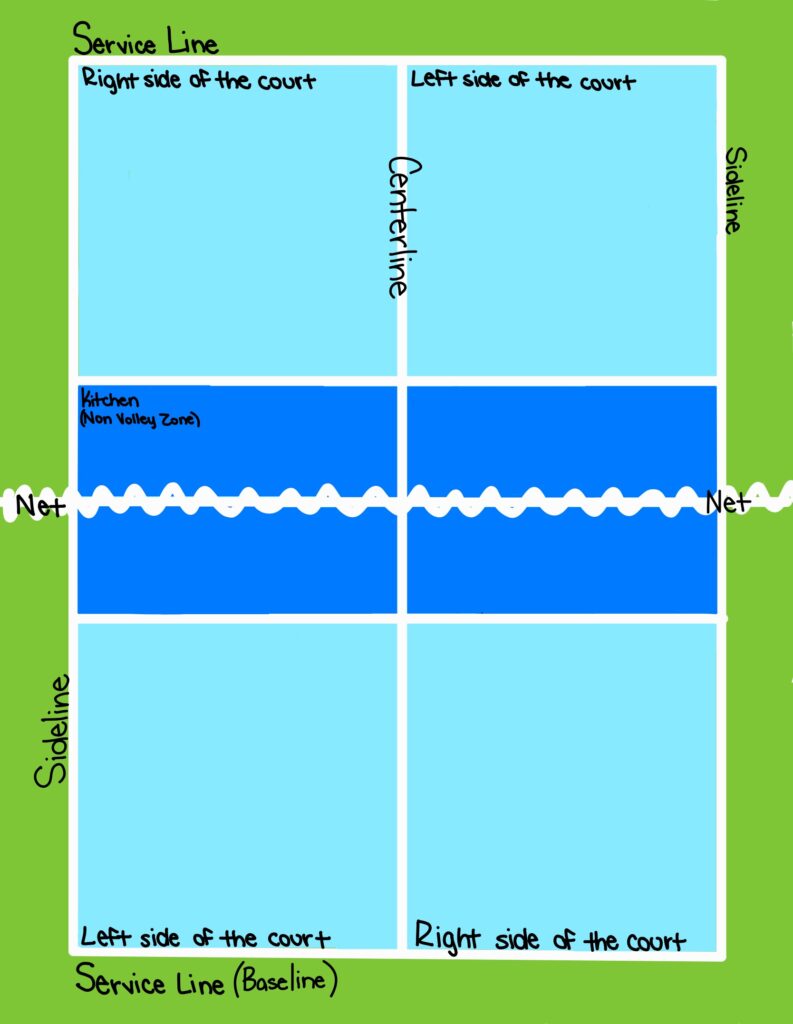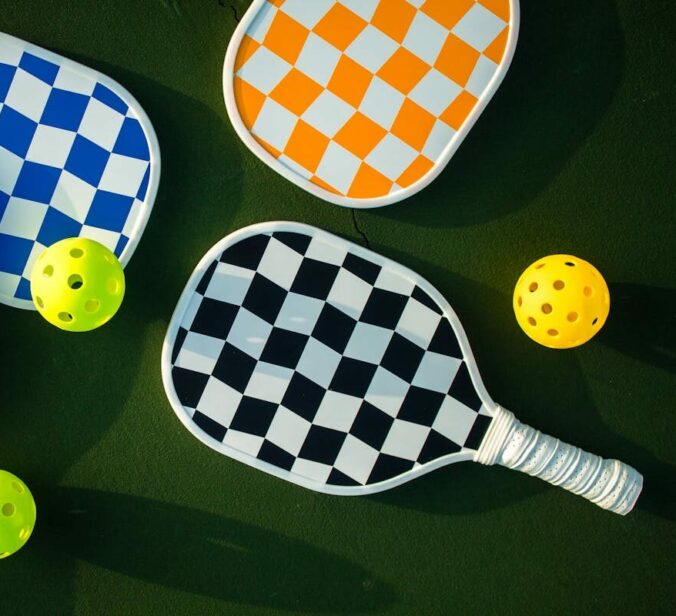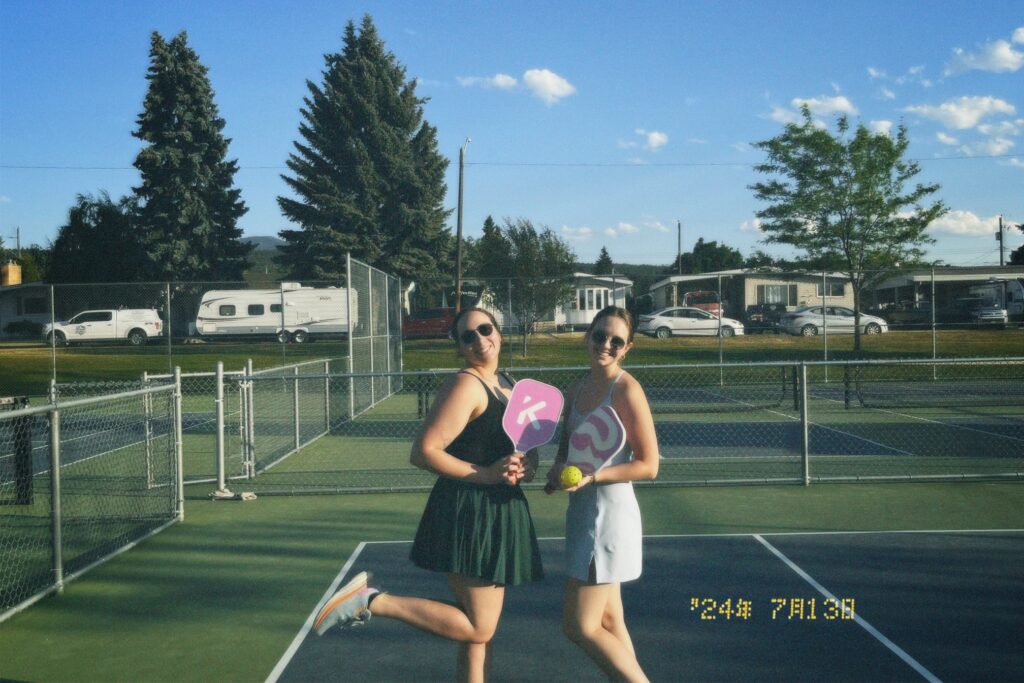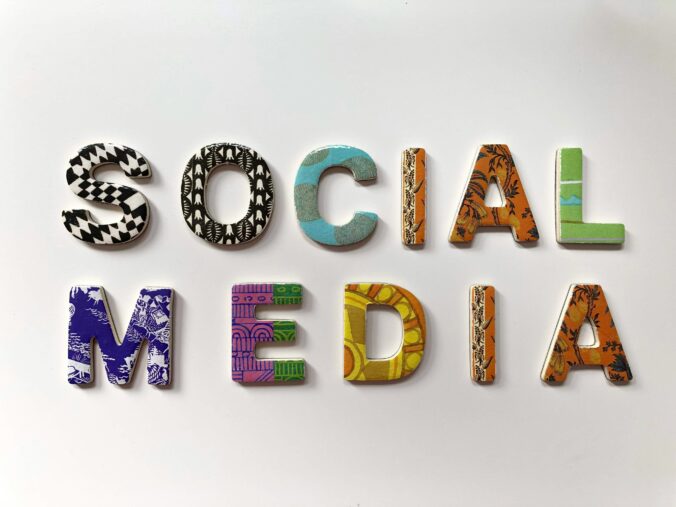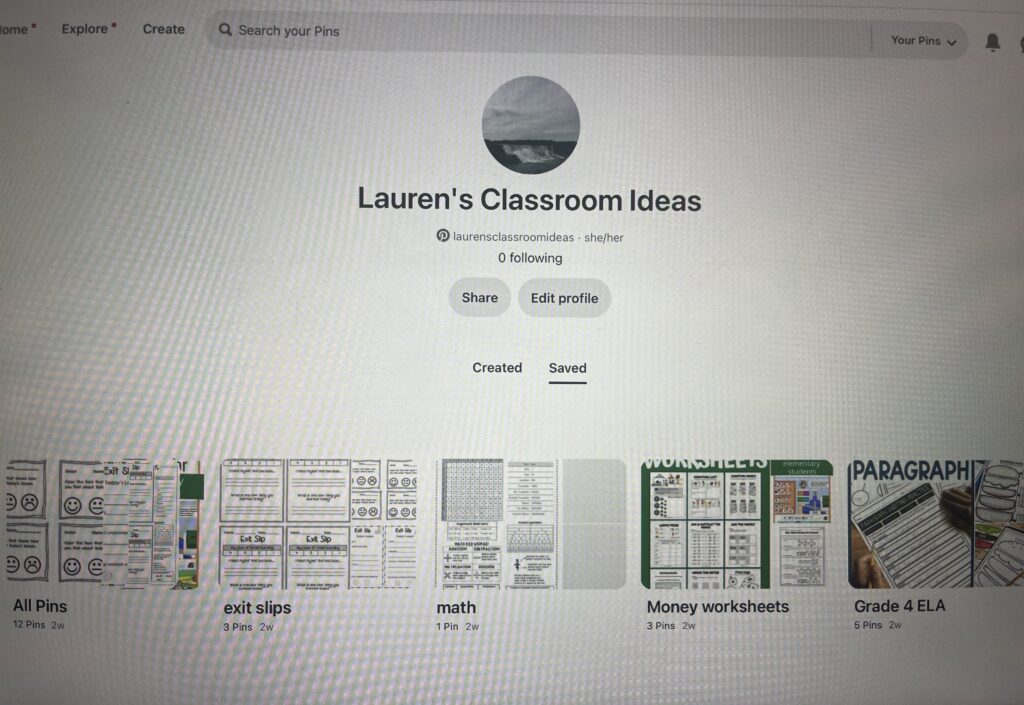Welcome back to my free inquiry post! Today I am going to be talking about different strategies to use when you play pickleball! There are different strategies you want to use when you are either playing singles or doubles, so let’s start with the strategies you would want to use when you are playing doubles.
When playing doubles, you would want to stick with these strategies:
- Move as a team with your partner, staying parallel to each other.
- Communicate constantly with your partner about shot selection and court coverage.
- Dink strategically, especially down the middle between opponents. This can create confusion and expose weaknesses.
When playing singles, you would want to stick with these strategies:
- Serve near the centreline so that you can get most returns easier.
- Generally you are wanting to stay on the back third of the court.
- Generally want to move the in the same direction that your opponent does but stay close to the centreline.
- If your opponent has managed to get to “kitchen” line or known as non-volley line, you have three options on what you can do:
- lob the ball over your opponent
- pass a hard passing shot over the net
- a drop shot that will hit the ground close to your opponents feet
When you are playing doubles or singles you also want to keep these strategies in mind:
- Get to the non-volley zone (kitchen) line quickly after serving or returning serve. This puts you in the most advantageous position to attack.
- When caught in “no man’s land” (mid-court), stop and get ready rather than continuing to move forward.
- Serve deep into your opponent’s court with good pace. This pushes them back and makes their return more difficult.
- On the return of a serve, hit deep shots to the corners. This prevents your opponents from easily attacking.
- Aim serves and returns to your opponent’s backhand, which is often weaker.
- Use the “third shot drop” to neutralize your opponents’ advantage at the net. This soft shot lands in their kitchen, making it difficult to attack.
- Vary your shots to keep opponents guessing. Mix up power, spin, and placement.
- Aim for your opponent’s feet when possible. This forces them into awkward positions and can lead to errors.
- Play to your strengths and exploit your opponents’ weaknesses. Identify and target their weaker shots or less mobile player.
- Stay patient in rallies. Don’t force aggressive shots if they’re not available.
- Use both driving shots and soft drops as third shot tactics. Don’t rely solely on power hits.
- Add depth to your shots to keep opponents back from the kitchen line.
- Focus on placement rather than power in most situations.
By implementing these strategies and practicing them consistently, you can improve your pickleball game and become a more effective player on the court. For more information on pickleball strategies on singles and doubles click the links to watch some videos!
There are seven different shots that you can make while playing pickleball. I found this video that you should check out that explains the seven shots and a tip that goes with each of the shots that you can make while playing pickleball.

